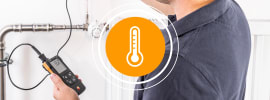- Home
- testo 435-1
testo 435-1 - Multi-function climate measuring instrument
Product no. 0560 4351



testo 435-1 - Multi-function climate measuring instrument
Product no. 0560 4351Why not enjoy the benefits that it has to offer: >> To the product
Description
Attachable probes (optional) for assessing air quality
- IAQ probe (Indoor Air Quality) for assessing air quality – measures CO2, air temperature, air humidity and absolute pressure
- Ambient CO probe for CO measurement in buildings and rooms
- Globe thermometer for measuring radiant heat
- Temperature probe for measuring air temperature, core temperature and surface temperature
Attachable probes (optional) for adjusting and testing ventilation and air conditioning systems
- Thermal anemometers for measuring air velocity and volumetric flow in ventilation ducts. If you also want to measure the temperature and air humidity in ducts, we recommend you use the thermal anemometer with integrated temperature and air humidity measurement
- Vane anemometer with a small diameter (Ø 16 mm) for measuring air velocity and volumetric flow in ventilation ducts
- Vane anemometer with a large diameter (Ø 100 mm) for measuring volumetric flow at the air outlet, also for measurements at poppet valves and ventilation grilles in combination with the testo vent 417 funnels or for measurements at swirl outlets with the volume flow straightener
- Temperature probe for measuring air temperature, core temperature and surface temperature
- Absolute pressure probe
Service cases to offer you space for the climate measuring instrument and your whole range of probes are also available.
The testo 435-2, testo 435-3 or testo 435-4 versions offer even more possibilities for adjusting and testing air conditioning systems and measuring air quality. Some of these are fitted with integrated differential pressure measurement. Furthermore, additional probes, such as lux probes or probes for turbulence level measurement, can be attached to these versions.
Complex technology, but really easy handling
The testo 435-1 multi-function measuring instrument is characterized by an efficient measuring process which makes any inconvenient programming of the measuring instrument superfluous: probe-dependent menus and selectable user profiles for the typical applications of “duct measurement” and “IAQ measurement” ensure the easiest imaginable handling.
It also offers easy legibility due to its large display which has an illumination function. In addition, dew point distance, min., max. and mean values are displayed as well. A solid housing provides reliable protection against impacts for the testo 435-1 multi-function climate measuring instrument.
Documentation of measurement data on site
The testo fast printer, which is available as an option, means you can create a report printout of measurement data directly on site. For a duct measurement, you can for instance print out the current readings or the min./max. values for air velocity, volumetric flow, temperature and air humidity. You can use the printout as evidence of your work.
Use the practical cyclical printing function on the testo 435-1 as well. It not only enables the printout of individual readings, but also of whole series of measurements on the testo fast printer at freely adjustable intervals (for example once a minute).
We recommend you use the testo 435-2 or testo 435-4 versions for saving, documenting and archiving measurement data. They are equipped with a reading memory and PC software.
Delivery Scope
Technical data
Temperature - NTC
| Measuring range | -50 to +150 °C |
|---|---|
| Accuracy | ±0.4 °C (-50 to -25.1 °C) ±0.4 °C (+75 to +99.9 °C) ±0.5 % of mv (Remaining Range) ±0.2 °C (-25 to +74.9 °C) |
| Resolution | 0.1 °C |
Temperature - TC Type K (NiCr-Ni)
| Measuring range | -200 to +1370 °C |
|---|---|
| Accuracy | ±0.3 °C (-60 to +60 °C) ±(0.2 °C + 0.5 % of mv) (Remaining Range) |
| Resolution | 0.1 °C |
Temperature - TC Type T (Cu-CuNi)
| Measuring range | -200 to +400 °C |
|---|---|
| Accuracy | ±0.3 °C (-60 to +60 °C) ±(0.2 °C + 0.5 % of mv) (Remaining Range) |
| Resolution | 0.1 °C |
Sensor
Air probes
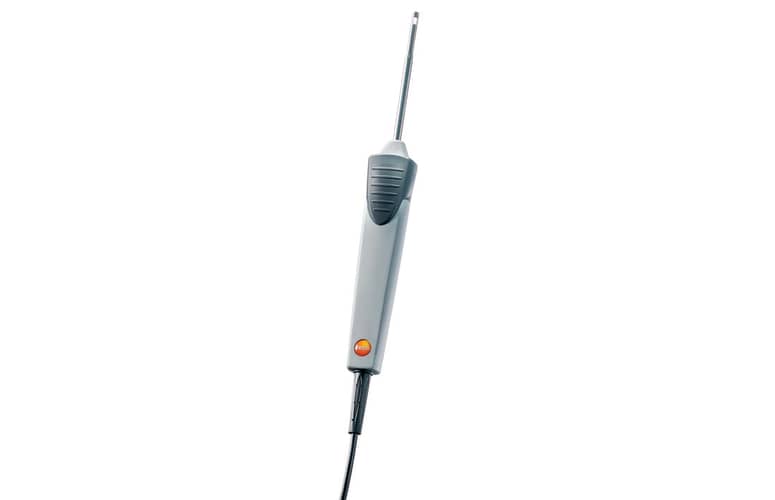
0602 1793
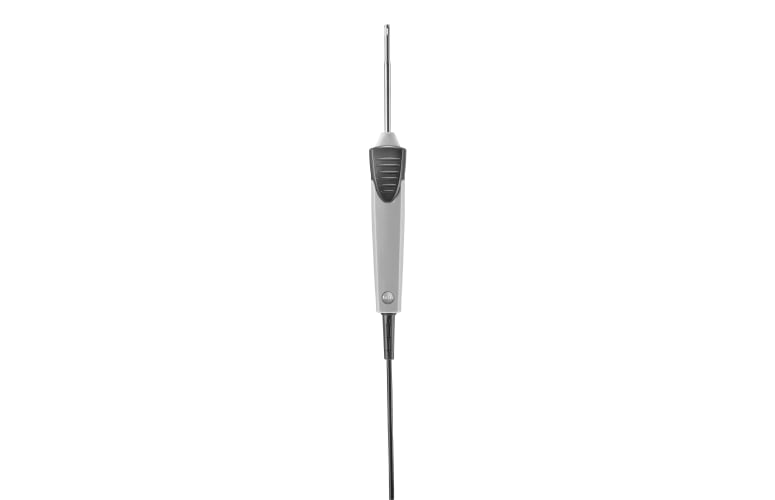
0613 1712
CO probes
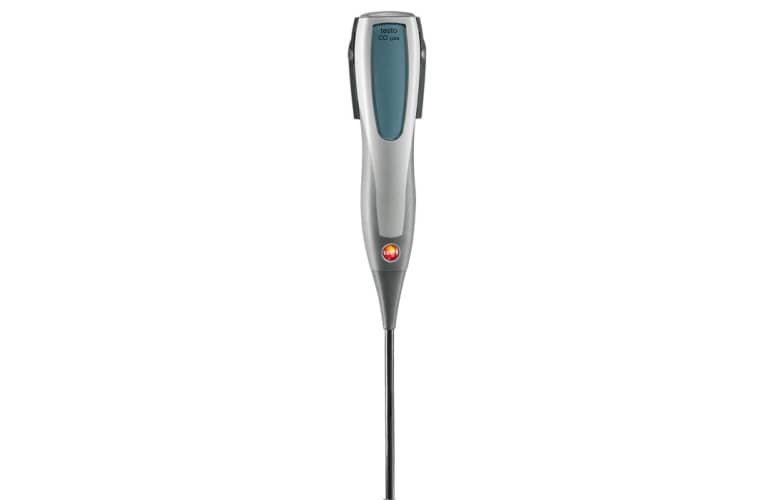
0632 1235
Comfort probes
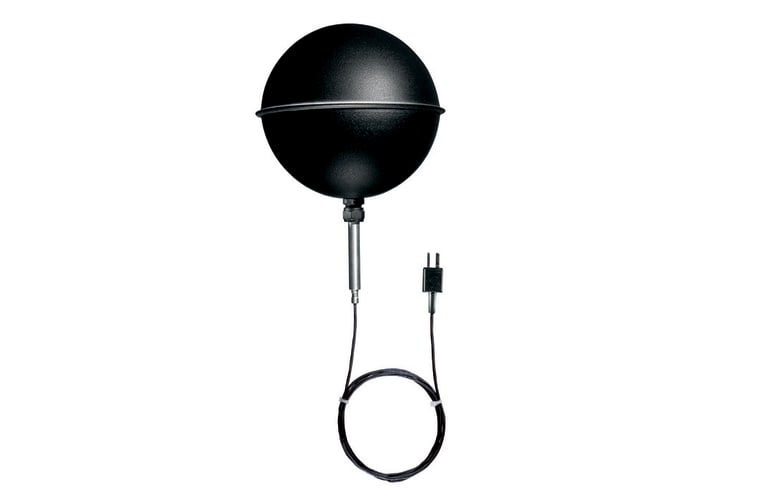
0602 0743
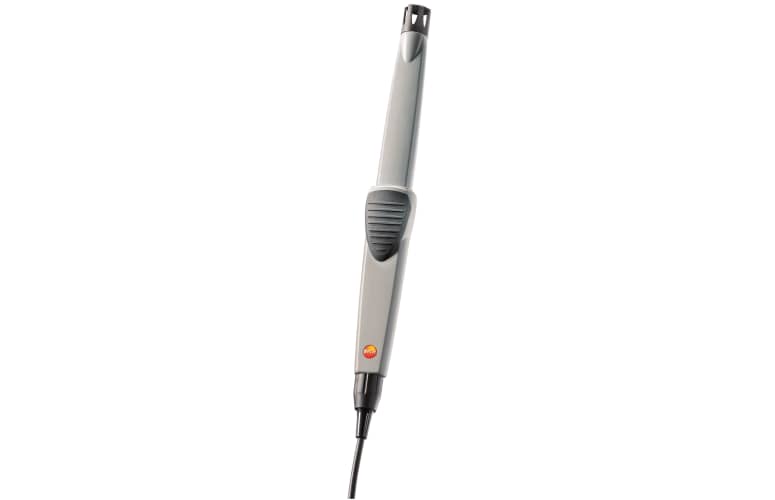
0632 1535
Radio handles and probe head
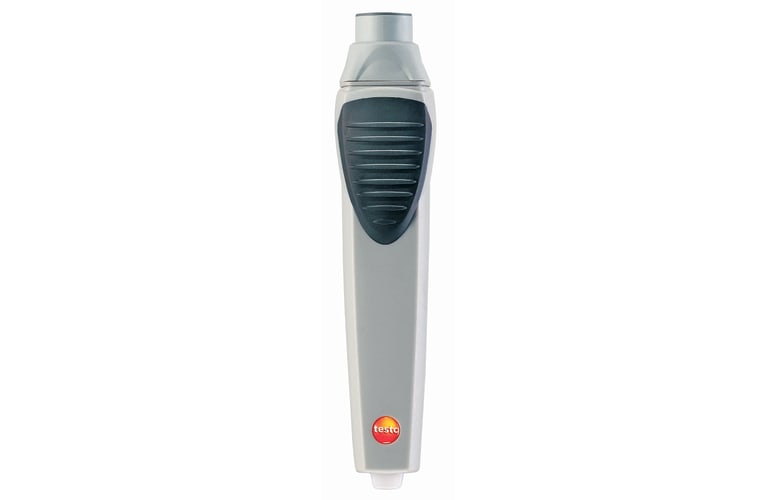
0554 0189
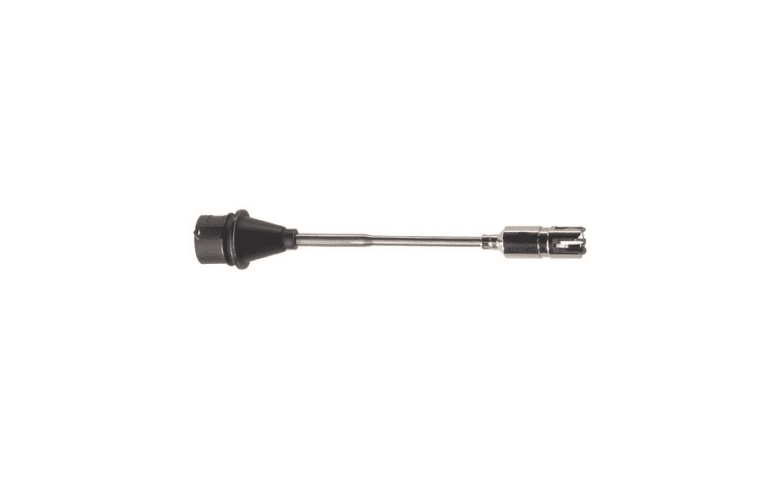
0602 0394
Surface probes
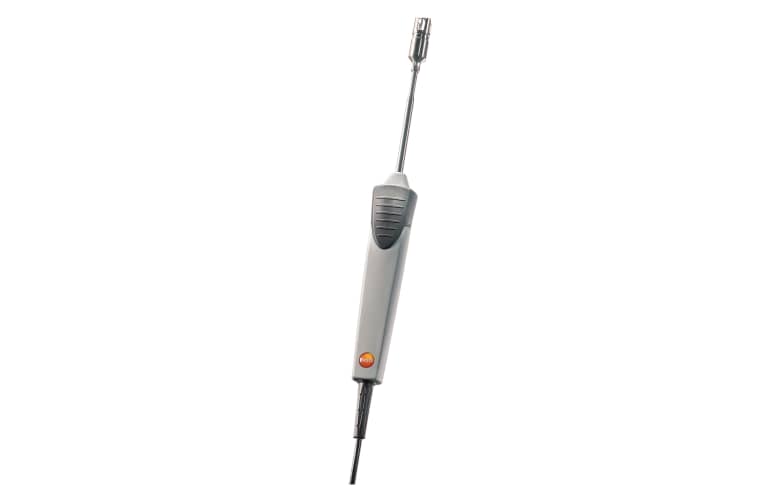
0602 0393
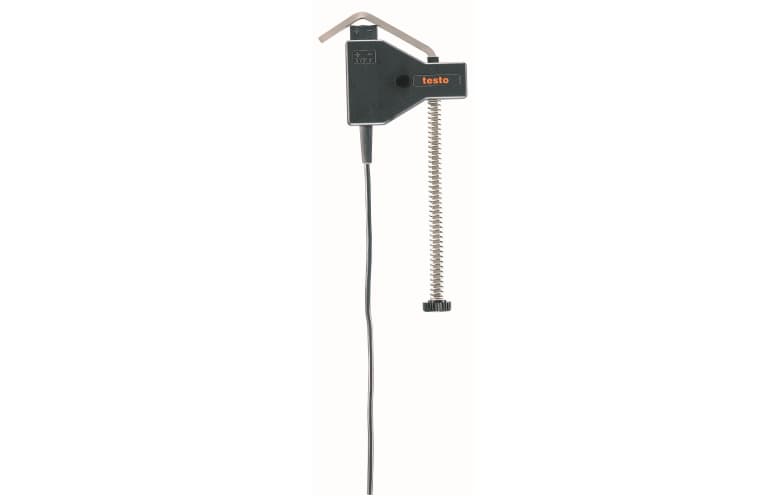
0602 4592
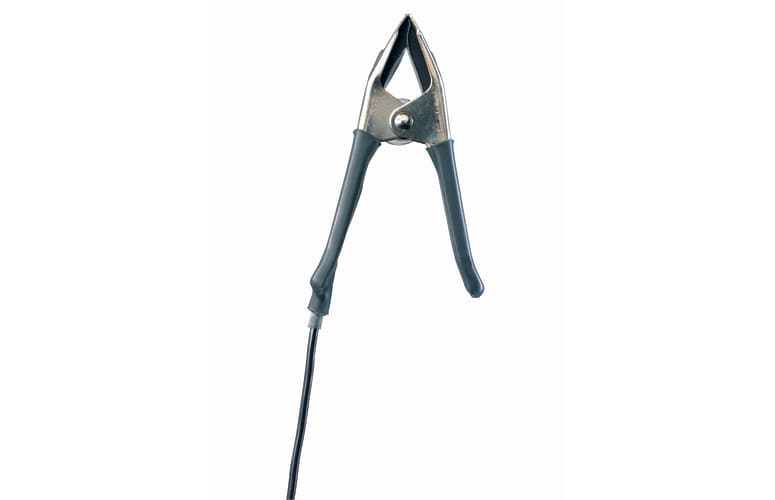
0602 4692
Velocity
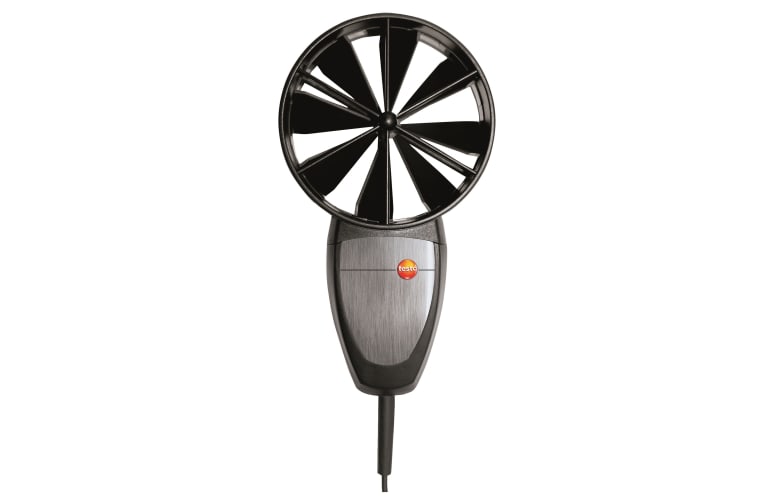
0635 9435
immersion/ penetration probes
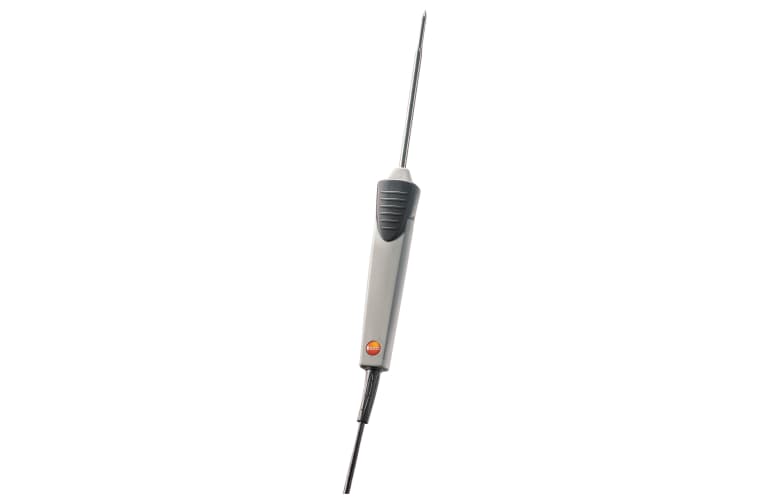
0602 1293
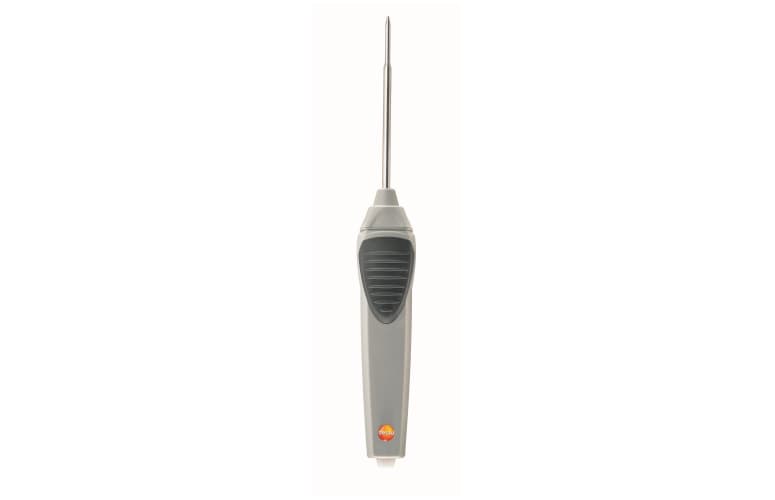
0613 1001
Sets
Order proposal for outlet measurement

0563 4170

0635 9435
Accessories
Additional accessories and Spare parts
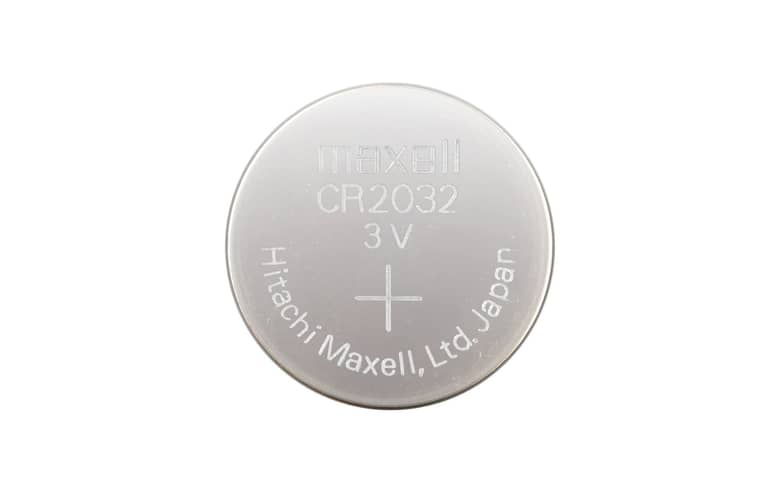
0515 0028
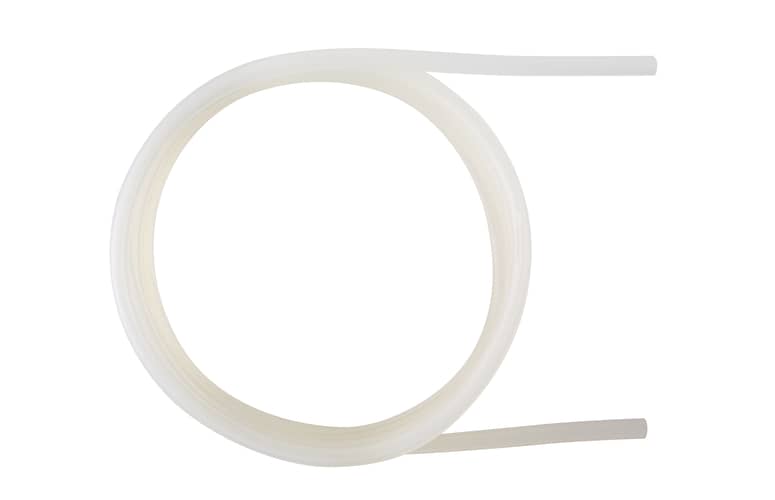
0554 0440
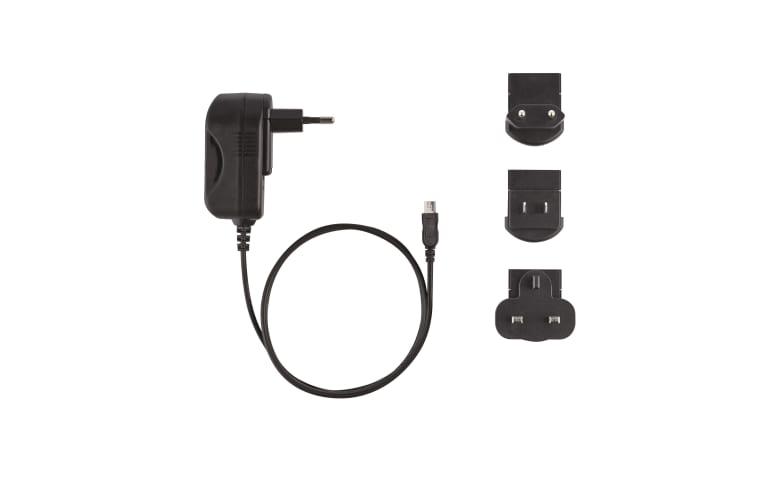
0554 0447
Certificates

0520 0004

0520 0005

0520 0006
Printer and accessories
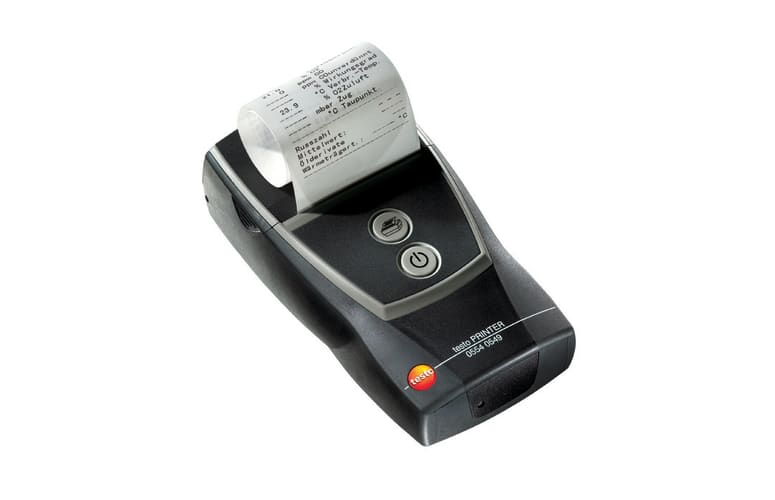
0554 0549
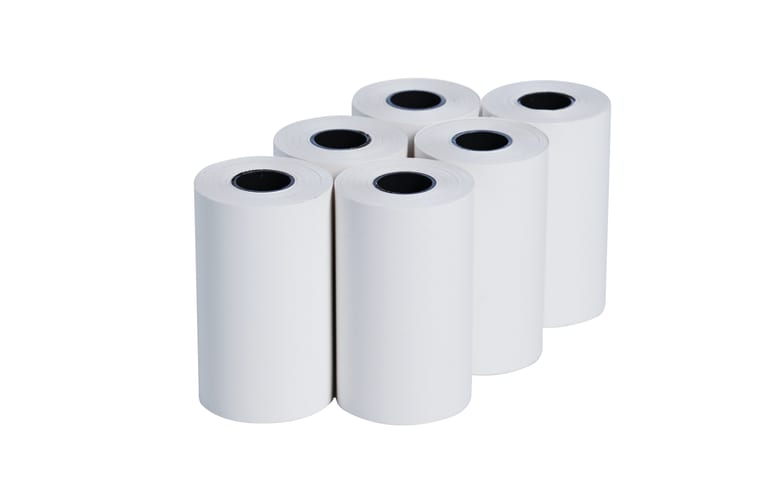
0554 0568
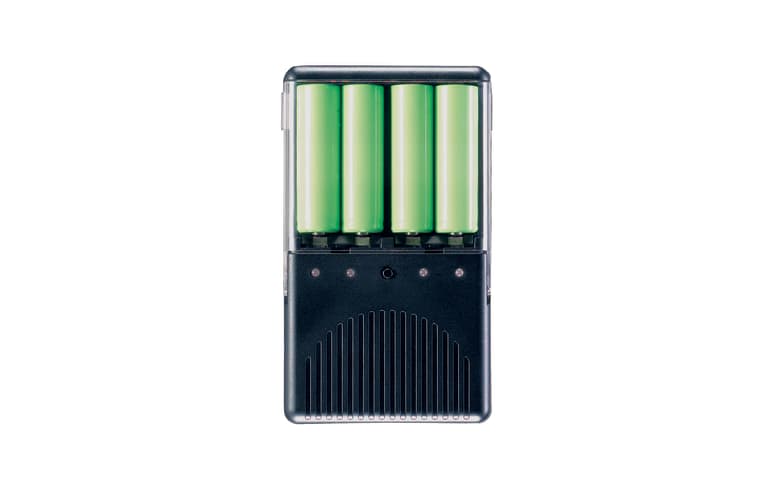
0554 0610
Radio handles and probe head for surface measurement
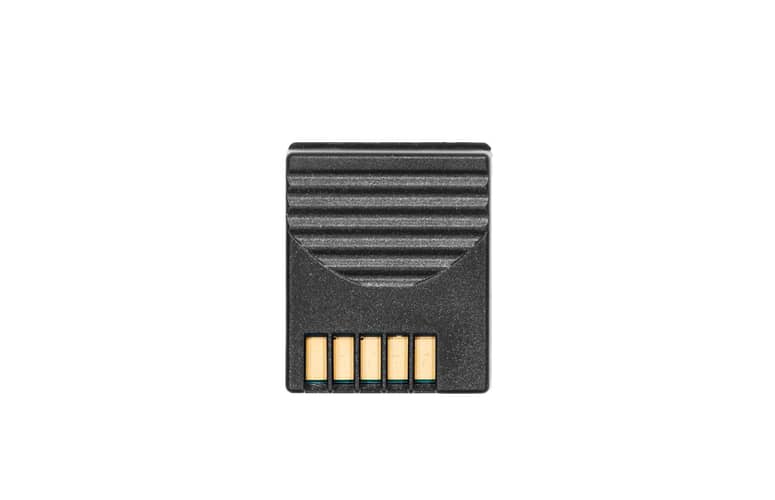
0554 0188
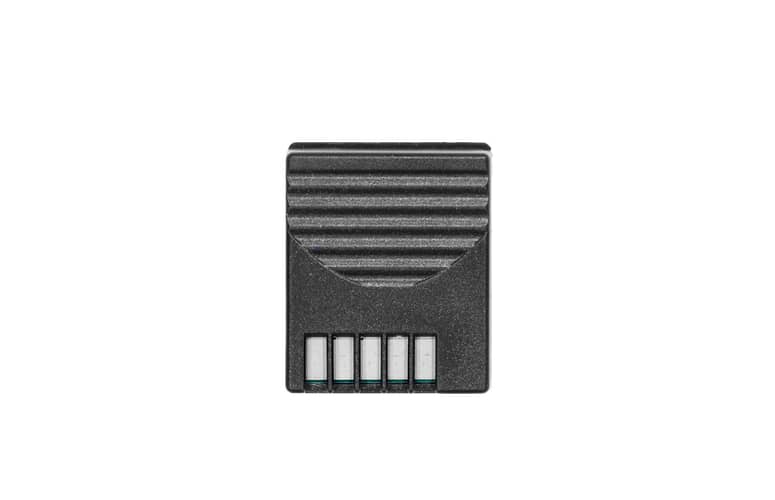
0554 0190
Applications
Flow measurement in the ventilation duct using a thermal anemometer and vane anemometer
Testo offers compact anemometer probes and pitot tubes for measuring the flow and volumetric flow in the ventilation duct.
Selecting a suitable probe or measuring instrument depends on the flow velocity in the ventilation duct. This can be broken down into three sub-ranges:
- Low flow velocities: 0 to 5 m/s => thermal anemometers and thermal probes are suitable for this (order no. 0635 1535, 0635 1025)
- Medium flow velocities: 5 to 40 m/s => best results are achieved by the 16 mm vane anemometer und Flügelrad-Sonden (order no. 0635 9535)
- High flow velocities: 40 70 100 m/s => the pitot tube provides the best prerequisites (see following application)
The flow sensors for duct measurement are all equipped with telescopes making them easy to use in large air ducts. Air temperature and humidity can also be measured with the same probe as the flow velocity if required. According to the required application, choose between a thermal probe, vane probe or pitot tube for measuring the flow measurement in the duct.
Measurement at the air outlet
Every duct inlet and outlet should only contain the volumetric flow that according to calculations is a basic prerequisite to an efficient functional system.
Large vane anemometers with 100 mm diameters are suitable for measuring the volumetric flows at duct outlets (order no. 0635 9435), as it integrates the flow velocity over a larger area thereby determining disturbance from the air grille (loop method).
To measure the suction or blowing vents of air grilles and poppet valves our volumetric flow rate funnel set is ideal (order no. 0563 4170) as is the large 100 mm vane anemometer (order no. 0635 9435) The entire volumetric flow is recorded with the aid of the funnel without the need for conversion on the basis of the flow velocity and area. This method of flow measurement is simple and reliable.
Measurement of the air and surface temperature
For human beings to be comfortable and perform at their best, it is crucial that the rooms they occupy are correctly air conditioned. As well as the structural conditions and personal perception, the following factors also contribute significantly to the existence of a pleasant indoor climate: the indoor air and surface temperature of walls, windows, floors and ceilings.
There is a range of optional temperature probes available for the testo 435. Our temperature probes with a sprung cross-band sensor element for measurement on surfaces are outstanding. The sprung cross-band sensor element fits on any surface, taking the actual temperature of the measured object in just a few seconds (for example the fast-reaction surface probe, order no. 0602 0393).
In order to allow a fast measurement of air temperature, the temperature sensor is free in our air probes (e.g. precise, robust NTC probe 0613 1712). Immersion/penetration probes can also be used for measurements in air. However, the response time is then about 40 to 60 times higher than the indicated value which was measured in water.
Measurement of radiated heat
The multi-functional measuring instrument testo 435 is your reliable aid to measuring thermal comfort. The optional, attachable globe thermometer (order no. 0602 0743) enables measurement of radiated heat (that is, the operative or perceived temperature). The operative temperature measured with a Globe thermometer with a 150 mm diameter preferably corresponds with people's perceived temperature to ± 0.41 K.
The temperature measurements in a room (air temperature and operative temperature) are to be taken in the same place and same general conditions as the measurement of indoor air velocities.
Measurement of indoor air quality (CO2)
Bad indoor air quality due to high concentrations of CO2 can cause tiredness, lack of concentration and even illness. Therefore, to ensure sufficient indoor air quality the CO2 concentration should generally not exceed 1 000 ppm. Values of 700 to 1 500 ppm can be viewed as the "reference range".
The IAQ probe (order no. 0632 1535) is particularly suitable for monitoring indoor air quality controls. This probe can be used to record CO2, temperature and relative humidity at the same time.
CO measurement
Carbon monoxide (CO) is an odourless, invisible and tasteless gas, but also poisonous. It is produced during the incomplete combustion of substances containing carbon, such as coal, wood, oil, natural gas, etc., in heat sources and combustion engines. The CO concentration will increase quickly, particularly if there is not enough oxygen available. This may have adverse effects on health.
The ambient CO probe (order no. 0632 1235) and testo 435-1 are able to detect even the smallest quantities of CO in ambient air.
Downloads
Product brochures
- Data sheet testo 435(pdf, 701.86 kB)
Operating instructions
- Instruction manual testo 435. -1. -2. -3. -4(pdf, 766.42 kB)
- Application information testovent 417 - de/en/fr/es/it/pt(pdf, 256.78 kB)
Software
- testo usb driver - Instruction manual(pdf, 676.7 kB)





